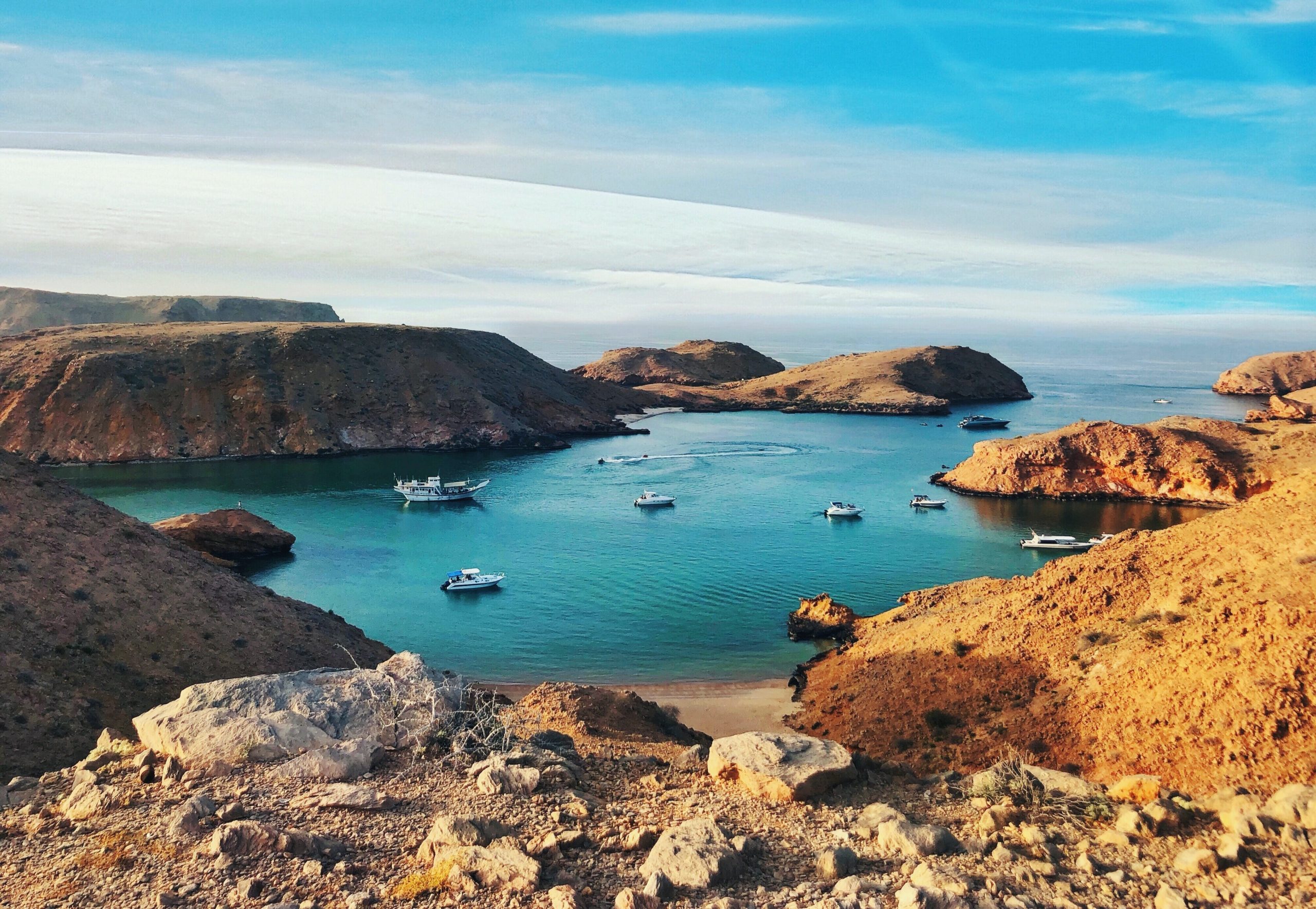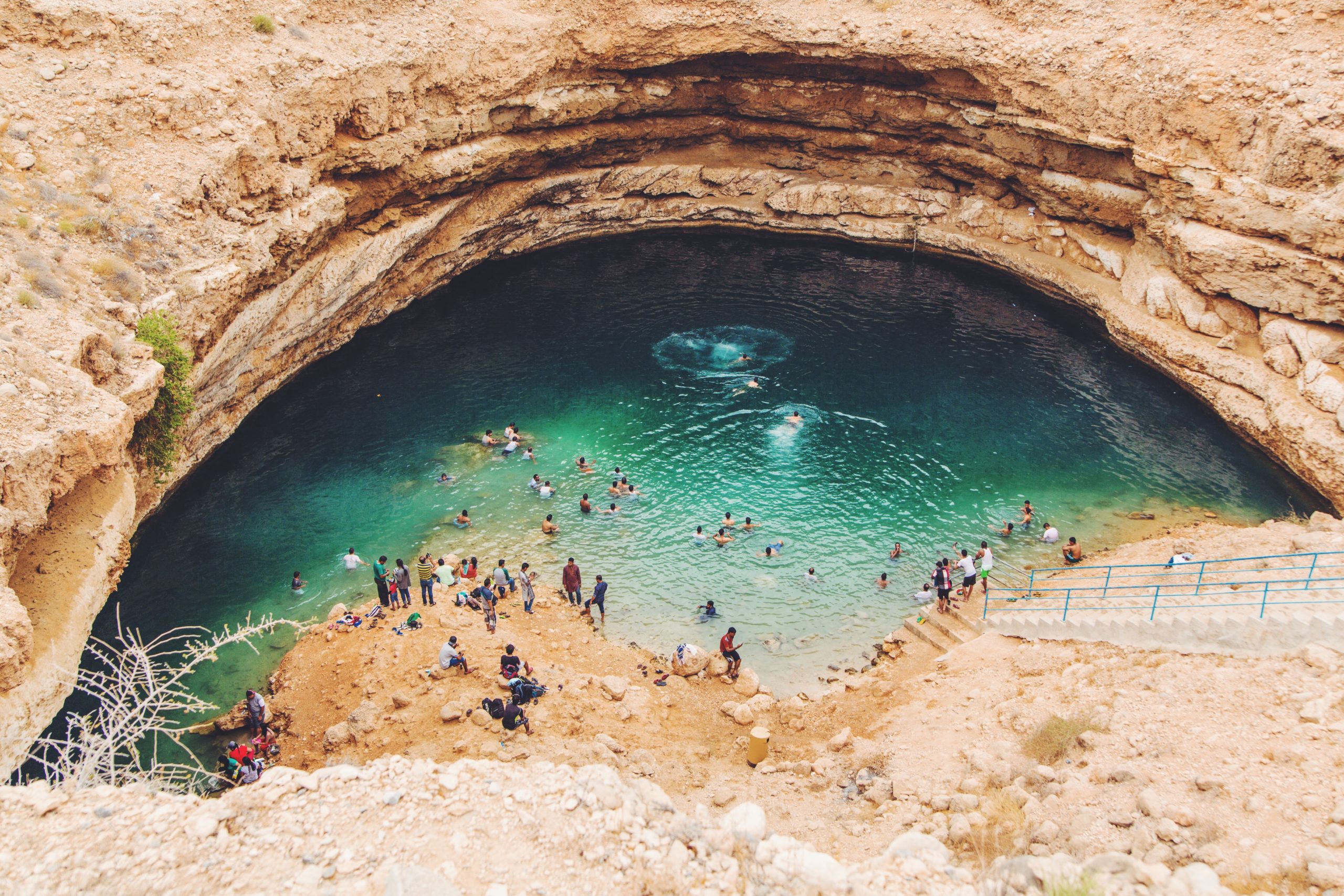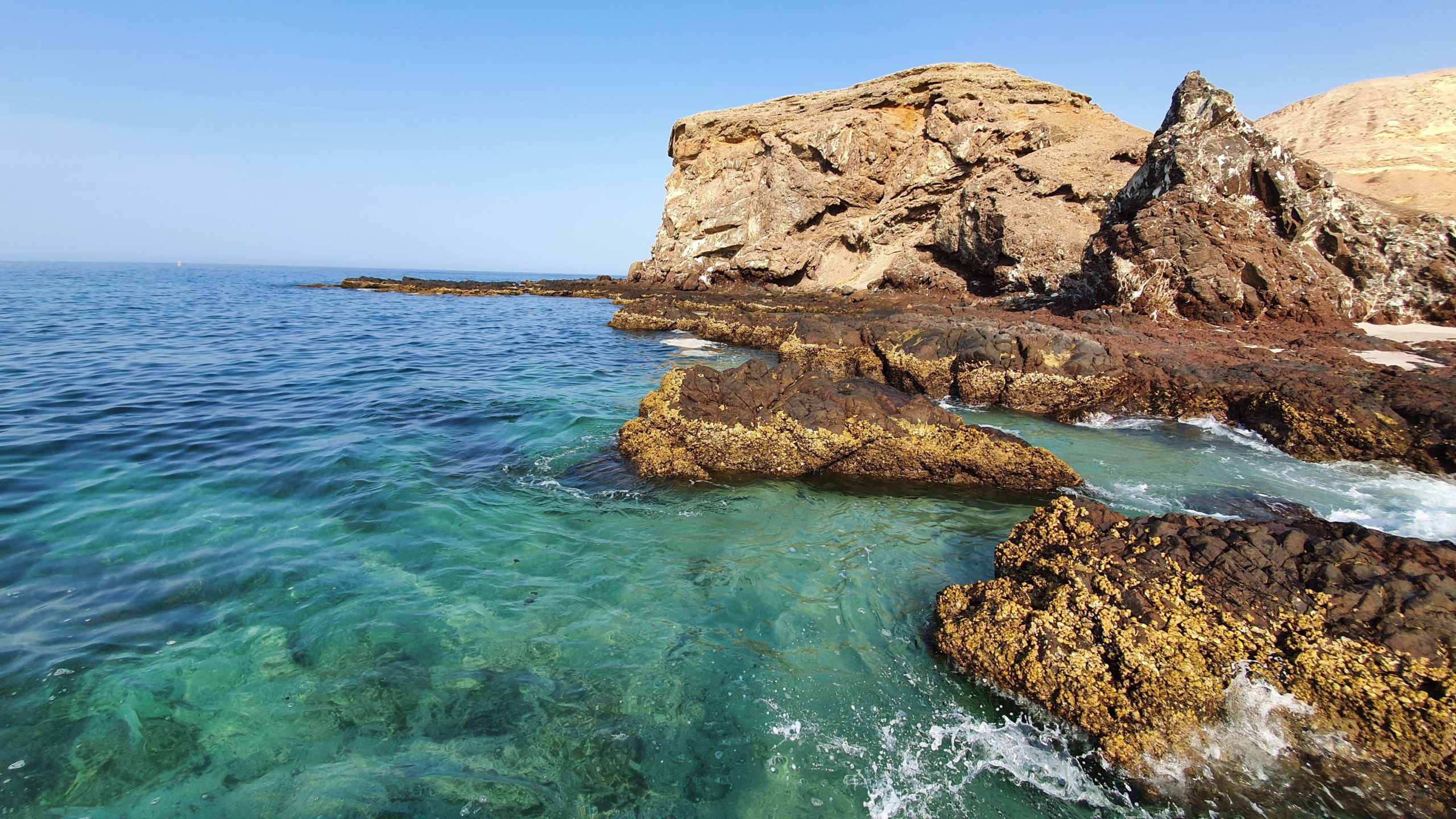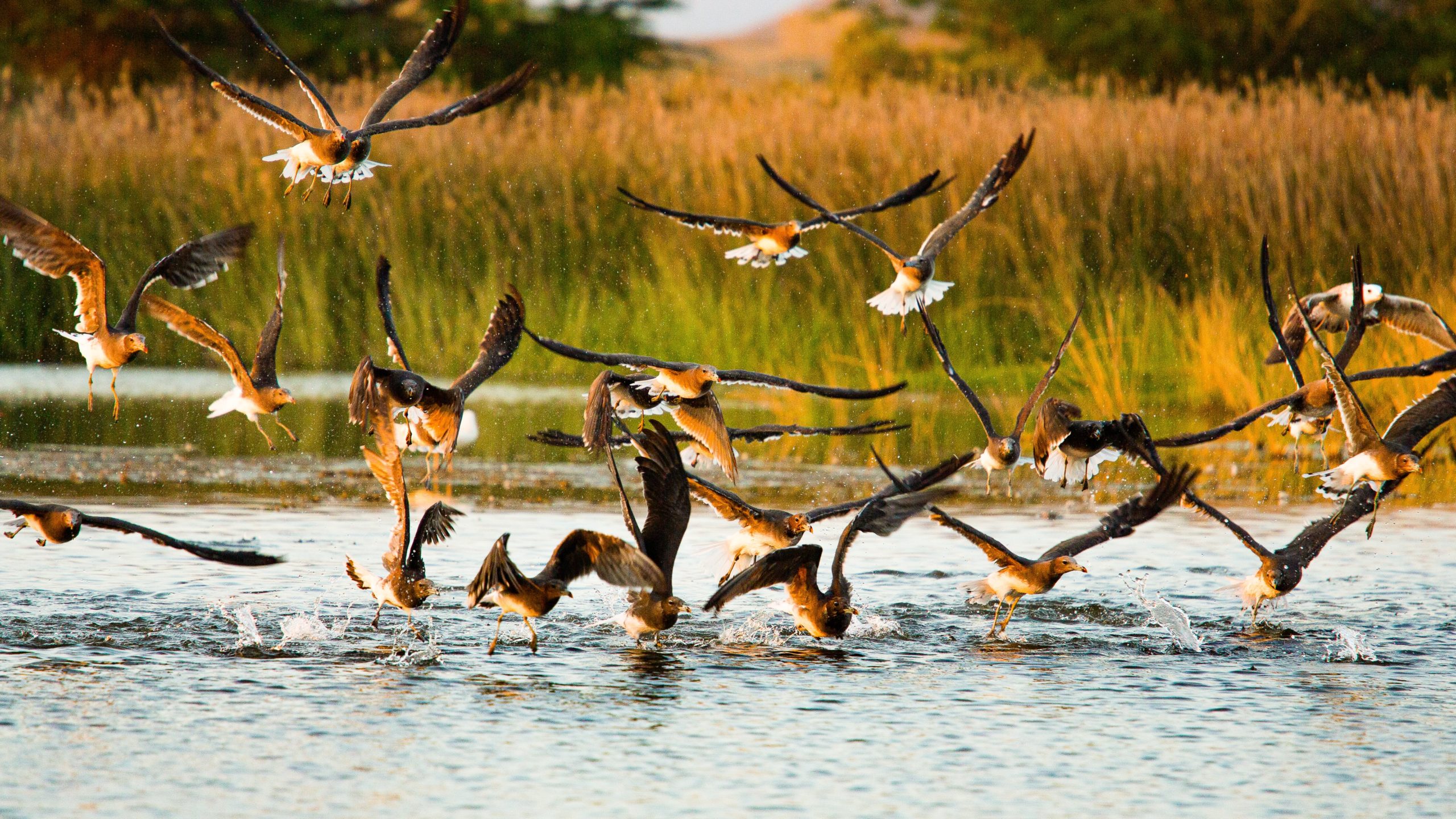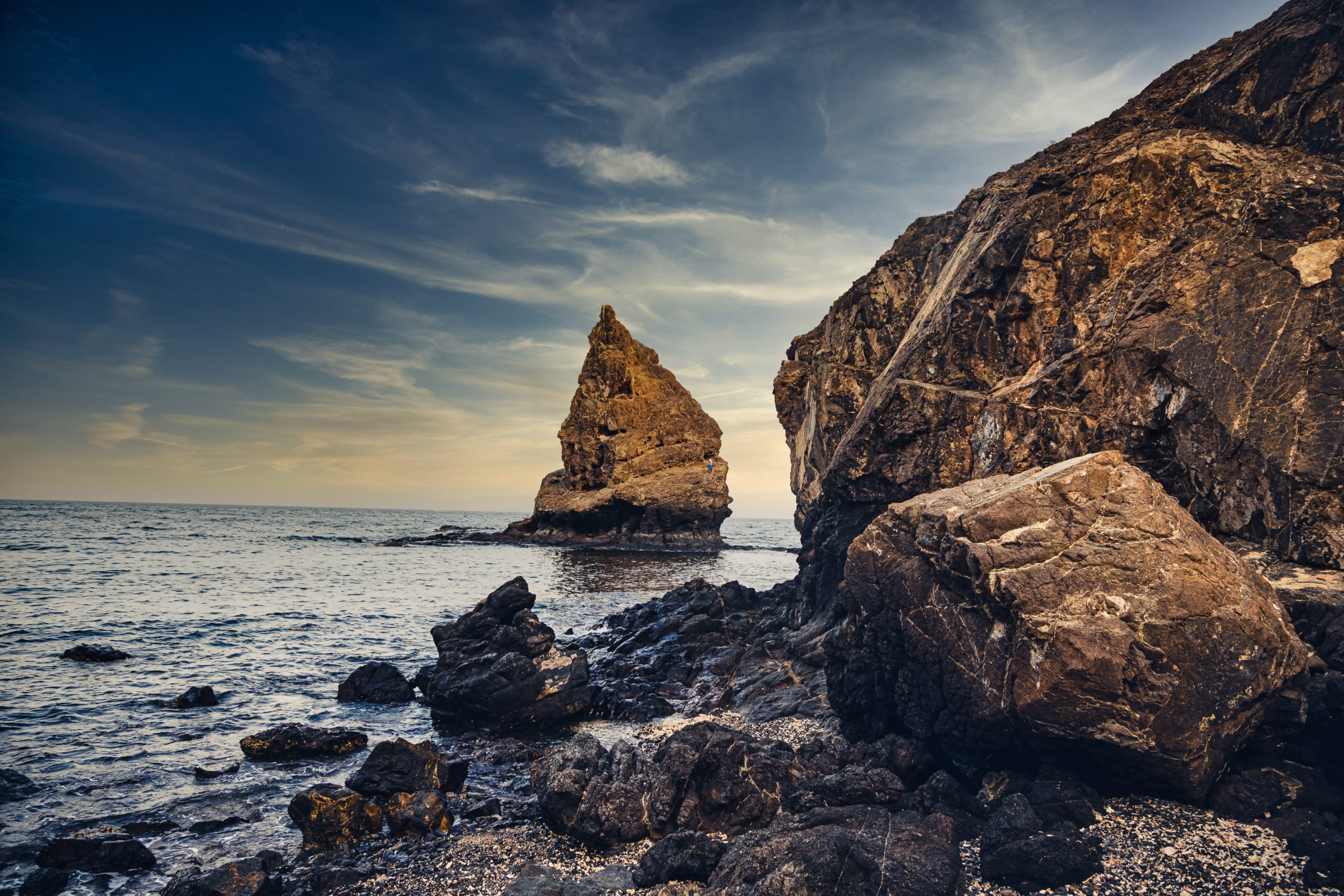Sultanate of Oman – An Opportunity in Waiting
When considering a destination in the Middle East for leisure travel or to host a meeting/convention, the Sultanate of Oman is not usually the first thought that comes to mind. With the likes of Dubai, Abu Dhabi and Doha aggressively marketed as established destinations, millions of travellers have flocked to these cities over the past two decades. As consumers now look for off-beat, relatively undiscovered locations, Oman is one such nation that sits ready to cater to large volumes of M.I.C.E. as well as Leisure demand with great infrastructure, a well-connected network of roadways, two equipped international airports, and a plethora of naturally scenic as well as culturally endowed destinations.
The Omani landscape is an opportunity in waiting as the nation is blessed with a mountainous coastline to the north, desert lands in the central region, and a sub-tropical climate to the south. Vast expanses of mountains and desert lands offering untouched natural beauty to visitors from far and beyond and more than 3,000 km of coastline together make Oman an ideal upcoming tourist destination for domestic and international travellers. The mounds look like they are made of cheese, ready to crumble if one were to lift them in one’s palms. Barren, devoid of any growth, yet so breathtakingly beautiful. It is as if sand has been working hard for millennia, a desperate attempt to turn into rock, succeeding in some instances, while looking adorable in its efforts in others. The scenery is further aided by pleasant weather and little to no rainfall in the winter months (October to March) with temperatures ranging between 18 and 35 degrees Celsius, thus becoming the peak tourist season for the country.
Oman’s Hospitality Sector is currently divided into two broad buckets – the five-star hotels and resorts that primarily cater to inbound tourists from European countries such as United Kingdom, Germany France, Italy, and Switzerland, high-paying affluent Omanis as well as corporate clientele coming from the GCC, and other branded and unbranded hotels that cater to the more price-sensitive domestic travellers. The five-star hotels in Oman boast high Average Daily Rates (ADR) ranging from OMR 70 for the Upscale Hotels and Resorts to OMR 220 for some Luxury Hotels and Resorts. Occupancies typically average in the mid-sixties. While the Commercial segment typically stays at hotels for ~1.5 nights, Leisure travellers plan a circuit of 10-12 nights with ~7 nights spent in Muscat and the remaining nights split between Salalah and Jabal Akhdar.
Oman’s existing Hotel Market can be divided into 4 major micro-markets:
- Musandam – Located to the north of the country and easily accessible from the UAE, Musandam boasts high mountains and a serene coastline. This micro-market is a popular beach destination that caters primarily to GCC and inbound travellers. A popular resort with travellers from the GCC in this region is the village-inspired Six Senses Zighy Bay.
- Muscat – Located in the north-eastern part of the country, Muscat not only forms the capital city of the country but is also the largest point of entry to the country. This micro-market caters to European travellers on leisure as well as corporate travellers from the GCC. Muscat is the micro-market with the highest concentration of branded supply in the country. The city offers a mix of Upper-Upscale business hotels with beach fronts such as the InterContinental Muscat and Grand Hyatt Muscat as well as Luxury spread-out villa-style resorts such as The Chedi, Muscat, and the Al Bustan Palace – A Ritz Carlton Hotel. What makes Muscat a unique destination, however, is that despite being a city location, its largest customer segment is Inbound Leisure.
- Jabal Akhdar – Located to the west of Muscat, Jabal Akhdar is a mountain destination offering picturesque views of ravines and hills. With activities available for all age groups ranging from rock climbing to therapeutic spa treatments, this leisure destination boasts of the highest ADR in the country. Jabal Akhdar is a complimentary micro-market to Muscat and a part of the Muscat-Salalah-Jabal Akhdar circuit. A popular concept with the locals witnessed here is suites with enclosed plunge pools giving the conservative locals the privacy they prefer. The Anantara Al Jabal Al Akhdar Resort has not only identified this need in terms of the product, but the resort was also able to target and attract domestic demand in the year 2020.
- Salalah – Located in the southern part of the country, Salalah is a popular summer destination for tourists within the GCC as it enjoys pleasant weather with adequate rainfall. The country’s second Alila Resort, the Alila Hinu Bay, is set to open here.
Recognising the nation’s dependence on the Oil and Gas industry, the Omani government, under the leadership of Sultan Qaboos, developed the Oman Vision 2040 which is a set of socio-economic strategies to develop the Sultanate of Oman across industries and revenue sources fuelling growth, overcoming challenges, and making it competitive while keeping in line with global trends by 2040. One key aspect that the Vision focuses on is to promote Oman as a tourism destination. Tourism has become the fastest growing industry in recent years here. Currently contributing ~2.9% to the country’s GDP, the Tourism industry is poised to grow to ~6% contribution by 2040. In the coming years, the Ministry of Heritage and Tourism aims to focus on enhancing the Tourism industry in accordance with the directives of the Oman Vision 2040.
To begin with, the Governorates of Dhofar, Muscat, Musandam, Ash Sharqiyah, and Ad Dachillya are being developed with a focus on tourism and ecology. Parts of Musandam remain disconnected from Oman, therefore, better connectivity in terms of a new airport is being planned here. New airports are also planned at Sohar and Duqm as it is a commercial economic zone with industrial areas proximate to it.
In light of the global coronavirus pandemic, Oman had suspended all air, sea, and road travel to and from the country on 29th March 2020. The country witnessed a series of complete and partial lockdowns over the next few months as the government attempted to control the spread of the COVID-19 virus in the country and travel bans continue to be imposed from time to time.
Although the hotel market in Oman is predominantly seasonal with summer months and the Ramadan period witnessing low occupancies in the range of 30% to 40%, hotels in Oman experienced a sharp decline in summer occupancies in 2020. Most hotels remained shut from April and opened only in August and September continuing to perform lower than previous years. Hotels in the Luxury segment recorded occupancies in the range of 15% to 20% in the months of October and November while Upper-Upscale and Upscale hotels managed occupancies up to 30% in these months.
Average Daily Rates in hotels plummeted after the first quarter of 2020 as travel closed down around the world and Oman lost out on the high-paying inbound travellers. With the pandemic continuing to flourish and the discovery of new strains of the virus in many European countries till the end of the year, ADRs across micro-markets closed as low as 50% of the ADRs recorded in 2019. Some hotels and resorts in Jabal Akhdar remained outliers to this trend and managed to maintain their occupancy and ADR by virtue of pleasant weather when domestic travel had resumed, targeting new customer segments of local Omanis and re-strategizing efficiently to cater to this segment.
An outcome of hotel performance in 2020 is a rate correction of sorts in Oman’s highly-priced hotel market. Subsequently, the domestic clientele that has been more price-sensitive in nature than the typical inbound tourist and that traditionally preferred unbranded or lower positioned hotel options, found themselves flocking to the five-star hotels and resorts in the area that was now more affordable. While Hotelivate foresees ADRs reviving to a great extent over the coming 5-6 years, it is our belief that the domestic customer segment will continue to form a growing part of the market’s customer segmentation.
From the development perspective, numerous hospitality projects are currently in the pipeline in and around Muscat with a multitude of American, European, and Asian brands lining up to manage these establishments. It is evident that Muscat and its immediate neighbourhood is increasingly nearing saturation for a few years before the supply is fully absorbed, with hotels and resorts across positionings catering to all customer segments. Given Oman’s vast untouched landscape, the nation offers several opportunities for leisure-related development in the coming years.
The Omani government recently announced visa-free travel for 103 countries which shows its keenness to be recognised as a hospitable and welcoming nation. With adequate banquet space available in Muscat city and with the right kind of targeted marketing, Oman appears to be a destination ready to soar with Leisure and M.I.C.E. becoming key customer segments.
For more information, please contact Shailee Sharma at [email protected]

